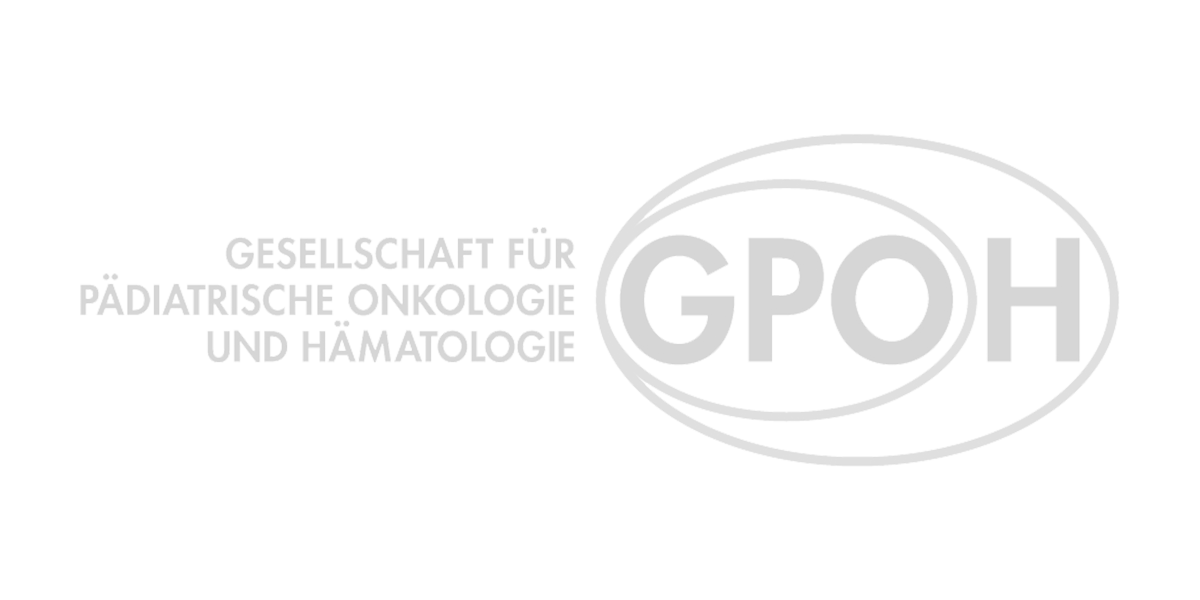"Ataxia-Teleangiectasia" – was ist das?
Ataxia-Teleangiectasia (A-T), also known as Louis-Bar syndrome, is a rare hereditary disease that leads to neurological symptoms in early childhood with increasing loss of muscle control and balance disorders. Typical skin changes (telangiectasia = dilation of the small skin vessels) are found in the conjunctiva of the eye and preferentially in light-exposed areas of the skin. The probability of cancer and the risk of infection are increased.
Wie wird die Diagnose "Ataxia-Teleangiectasia" gestellt?
Patients with ataxia-telangiectasia show certain typical clinical features. In classic A-T, these include:
- Developmental delay with impaired coordination of movement and balance, beginning between the ages of 1 and 4
- Vascular dilation of the conjunctiva of the eye and light-exposed eye.
- Dilation of the conjunctiva of the eye and the light-exposed areas of skin
- Lack of gaze-target movements of the eye
- Sudden uncontrolled overshooting and undershooting movements, bent posture, tremor
- Dementia
- Immune deficiency
- Increased tendency to infections
A distinction is made between 2 forms of non-classical A-T: One form with onset in adulthood and one with early onset muscle tension.
Other typical findings are premature ageing with the development of gray hair strands and endocrine abnormalities with the development of insulin-resistant blood sugar disease and premature ovarian dysfunction.
Diagnosis confirmation
The diagnosis is suspected if the characteristic clinical signs are present, primarily due to conjunctival telangiectasia. Laboratory parametric findings are indicative (increase in alpha-fetoprotein (AFP) and carcinoembryonic antigen (CEA) and reduction in immunoglobulins). Confirmation is provided by molecular genetic testing.
How high is the risk of cancer?
The tumor risk for patients with a classic A-T is 38% and is particularly increased for leukemia (acute lymphatic leukemia, especially of the T-cell series) and lymphomas (especially B-cell lymphomas).
Carriers (e.g. parents) have an increased risk of breast and ovarian cancer, stomach tumors, skin tumors and tumors of the smooth muscles and supporting tissue.
Ataxia-Teleangiectasia – was ist über die Entstehung bekannt?
The genetic change in the ATM gene (ataxia-telangiectasia mutated gene) results in a defective DNA repair signal cascade, which leads to genetic instability, particularly as a result of ionizing radiation.
Is there any form of treatment available?
The treatment of A-T associated neoplasia is primarily based on the earliest possible diagnosis of precancerous lesions. Treatment is carried out in accordance with the corresponding therapy recommendation by the study center, if necessary with adjustment of the therapy intensity against the background of increased therapy toxicity.
Diagnose Ataxia-Teleangiectasia. Wie geht es weiter?
If you have been diagnosed with this cancer predisposition syndrome, it is important to see a specialist. In the following section, we explain whether cancer screening tests or other measures are needed and how they should be carried out. We also give you some useful tips on what you can do yourself. If you have any questions, please do not hesitate to contact us or your doctor.
Diagnose Ataxia-Teleangiectasia. Wie geht es weiter?
If you have been diagnosed with this cancer predisposition syndrome, it is important to see a specialist. In the following section, we explain whether cancer screening tests or other measures are needed and how they should be carried out. We also give you some useful tips on what you can do yourself. If you have any questions, please do not hesitate to contact us or your doctor.
Medical measures for early detection
Following the diagnosis of ataxia-telangiectasia, a detailed basic examination is recommended. Regular developmental neurological examinations and documentation of the frequency of infections are recommended. An annual laboratory check, an annual skin examination, an annual diabetes test, annual orthopaedic and six-monthly dental examinations are also recommended.
Carers, such as parents, should contact specialized centers for advice on early tumor detection examinations (e.g. breast centers).
The following examinations are recommended in detail:
- Hemato-oncology: annual blood count, metabolic profile, including lactate dehydrogenase (LDH)
- Immunology: Determination of immunoglobulin levels according to immunological recommendations
- Dermatology: Annual skin examination
- Pulmonology: Basic examination for diagnosis and functional tests according to clinical need
- Gastroenterology/nutrition: Basic examination at diagnosis, also in the course of clinical problems
- Endocrinology: Annual diabetes examination
- Neurology: Supportive medication
- Orthopaedics: Annual examination (scoliosis)
- Dentistry: Half-yearly check-ups
Ataxia-Teleangiectasia – was Sie selber tun können
What you can do yourself
Radiation exposure (CT and X-ray examinations) should be avoided if clinically justifiable.
Genetic counseling of the family is recommended when A-T is newly diagnosed.
Any further questions?
You can reach us by e-mail and telephone. You can also visit us in person during our consultation hours. For further information, please refer to our contact page.
Further information
- English website of the “A-T Children’s Project”
- English website of the “National Ataxia Foundation” (contact point for ataxia in the USA)
- English website of “AT society” (contact point for ataxia in the UK)
- English website of “ATAXIA” (contact point for ataxia in the UK)
- German website of the “Bundesverband deutsche Heredo-Ataxie-Gesellschaft e.V.”
- German website of the Children’s Network
- German website of “Deutsche Selbsthilfe für angeborene Immundefekte e.V”
Furthermore, ataxia-telangiectasia is being researched in our companion projects Liquid Biopsy and ADDRess, so we encourage patients to register for these in addition to the KPS Registry.








